It is called artificial landscapes (or anthropized environments) to those scenarios that are the product of direct human intervention, as opposed to natural landscapes, a direct product of nature and its processes. For example: Gardens of the Versailles Palace, Taj Mahal in India, Forbidden City in China.
The notion of scenery comes from french landscape, of exclusive application for the rural territories of the countryside, that is to say, it comes from a look born in the city. However, it is applied today to various types of scenarios that can be considered of aesthetic or spectacular value.
In that sense, artificial landscapes can be of the following types:
- Religious. As large complexes of ritual celebration or ceremonial value.
- Cultural. As patriotic or national constructions of great importance.
- Urban. Like complex city networks.
- Historical. Like ruins and evidences of ancient times.
Some of these cases coincide with the calls Wonders of the World, but it is not necessarily the same thing.
Examples of artificial landscapes
- The pyramids of Egypt. The pyramids of Cheops, Giza and Menkaure are important historical and funerary reminiscences of ancient times, whose landscape value is today an unavoidable tourist reference. It is also unknown how they could be built at the time.
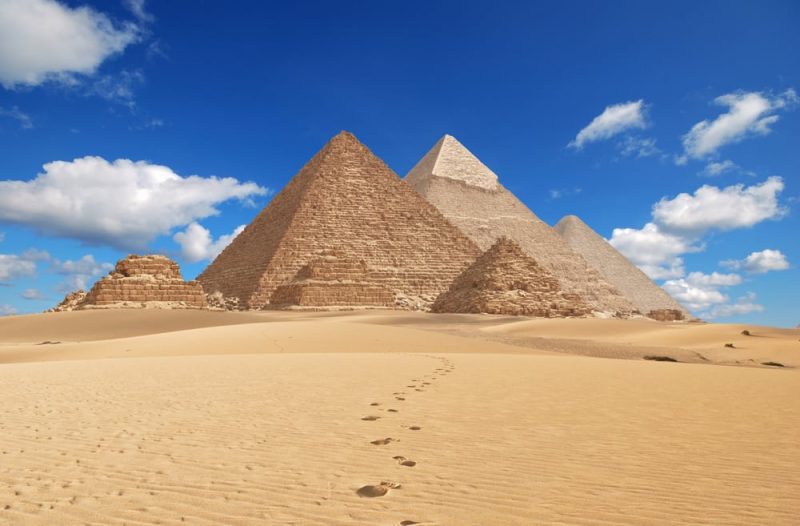
- Glass Beach at Fort Bragg. Located in California, USA, this artificial beach is the product of decades of accumulation of garbage, whose glass residues were piling up and eroding due to the action of the sea until it became a replacement for sand. After decades of cleaning since 1967, the beach is today visited by hundreds of tourists, after the coastal fauna and flora adapted to life among the rounded and colored glass.
- Gardens of the Palace of Versailles. Accompanying the majestic French palace are 800 hectares of garden in the best local style, perfected by the architect and landscaper André Le Nôtre in the time of Louis XIV. Combining statues, fountains and hundreds of thousands of trees and flowering plants, it was declared a World Heritage Site by UNESCO in 1979.
- Machu Picchu ruins. Located at 2490 mnsm in the Andean highlands of Peru, this set of Inca ruins were built before the 15th century by the pre-Columbian empire, being called Llaqtapata and destined for the rest of Pachacútec, its ninth regent. They were rediscovered in the late 19th century and later rebuilt and preserved as a masterpiece of human engineering and architecture.
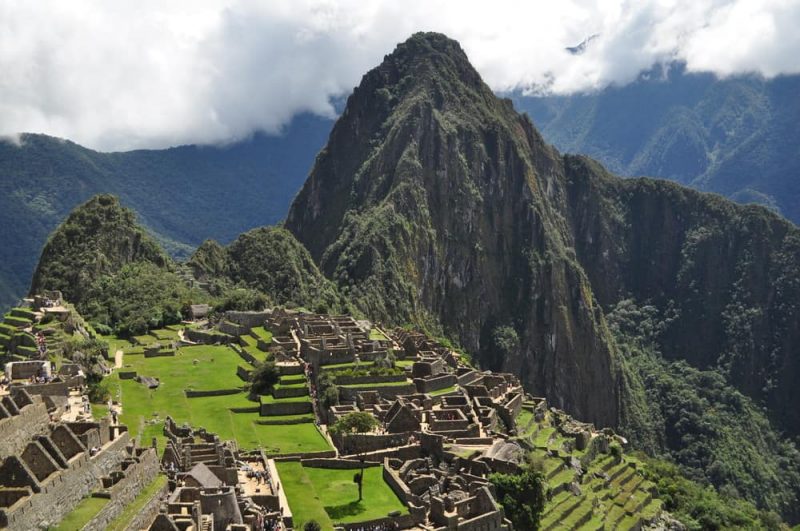
- The Taj Mahal of India. Built by the Muslim emperor Shah Jahan of the Mongol dynasty between 1631 and 1648 in honor of his wife Mumtaz Mahal, it is a group of buildings integrated into a well-known white-domed mausoleum, and is considered one of the New Seven Wonders of the Modern World.
- Göreme in Cappadocia, Turkey. This region, characterized by its unusual landscape produced by erosion, preserves the presence of ancient human settlements from the 3rd and 4th centuries, as well as the first monasteries founded by the Christians of the time. They are not really buildings, so much as habitats dug out of the rock of the mountains, which turn the area into an open-air museum.
- Angkor Wat temple. It is the largest and best preserved Hindu temple in all of Cambodia, and one of the greatest archaeological treasures in the world as it is the largest religious temple ever built. It is such an important local symbol that it appears on the flag of their country and was built by the Khmer Empire between the 9th and 15th centuries, who dedicated it to the god Vishnu.
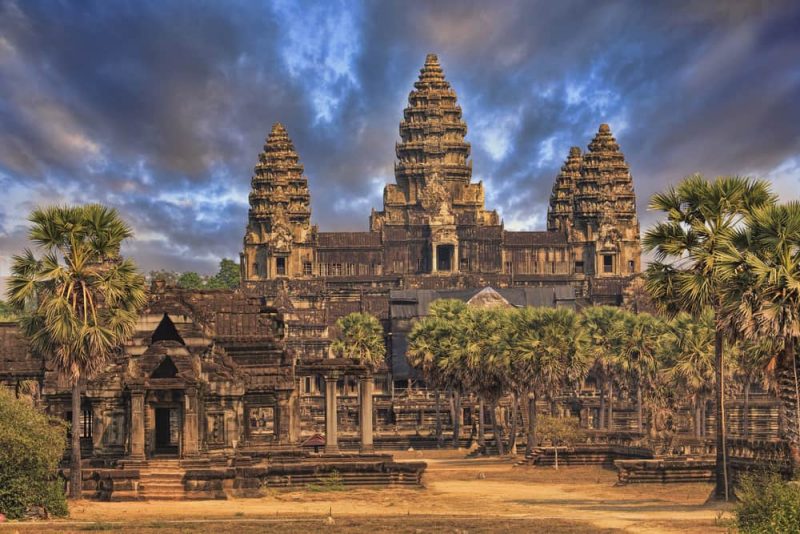
- Times Square in New York. A perfect example of an urban landscape, it is a commercial intersection in Manhattan formerly called Longacre Square. Characterized by its bright advertising and high population flow, this place has become an icon of the city and of New York North American culture.
- Tiananmen Square in China. Its name means Square of the Gate of Heavenly Peace and it was built in 1949, when the People’s Republic of China was created, becoming a symbol of the new model of the country. Built in the best Soviet style, it is a gigantic esplanade located in the geographical and political center of the country, with a total area of 440,000 mtwo which makes it the largest in the world.
- Picadilly Circus in London. London’s intersection of streets and public space, located in the West End, is an icon of the English life of the city and a renowned tourist space, in which various British cultural icons, such as The Beatles, are worshiped and made tribute to the history of the British capital.
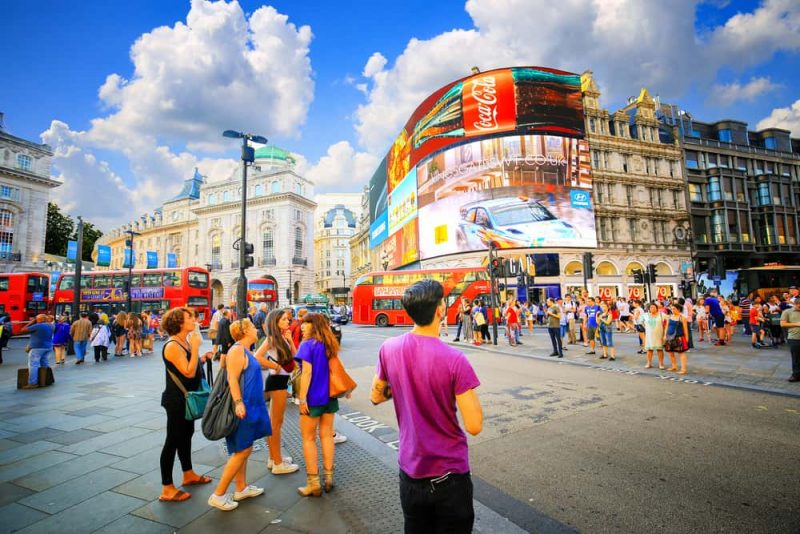
- Red Square in Moscow. The most famous square in the city, given its political and historical significance, is located in the commercial district of Kitay-goród, separating it from the Kremlin (the current government house) and has an area of 23,100 mtwo. It is considered the center of the city and emblem of former Soviet Russia.
- Sanctuary of Our Lady of the Rosary of Fatima. Located in Portugal, 120 kilometers from Lisbon, it is one of the most famous Marian sanctuaries in the world. Its construction began in 1928 and is made up of two basilicas, two retreat houses, a prayer room, a pastoral center, a chapel and Plaza Pio XII.
- Forbidden City in China. In the center of Beijing, the Chinese capital, is the former imperial palace that operated from the Ming to the Qing dynasty. It was built between 1406 and 1420, houses 980 different buildings and occupies an area of 720,000 mtwo, which is why it is considered the largest set of wooden buildings in the world and a UNESCO World Heritage Site.
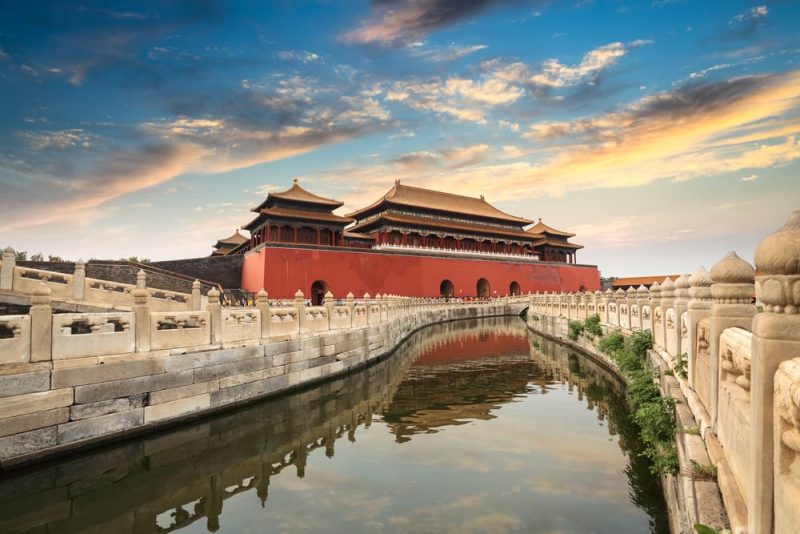
- Japanese Garden of Buenos Aires. Located in the Palermo neighborhood, in the north of the city, this garden is a reproduction of the Japanese imaginary in the heart of the Argentine capital. Built in 1967 within the Parque 3 de Febrero, in commemoration of the visit to the country of the current emperors of Japan. The vegetation, the fauna and the architecture in its interior imitate the cultural imaginary of that country.
- Las Teresitas beach in Tenerife. The most famous beach of one of the main Canary Islands, it was artificially built from a pre-existing black volcanic sand (typical in those properties) from the transfer of sand from the Sahara desert and the construction of a breakwater that would make more the waves are friendly. It is about 1300m long and 80m wide, and on a 400m submerged beachtwo there is an important paleontological site of the Quaternary.
- The Great Wall of China. One of the New Seven Wonders of the Modern World, this fortification built between the 5th and 16th centuries BC, served at the time to protect the Chinese Empire from successive attacks by Mongolian and Manchurian barbarians. It is around 21,196 km long and has been a UNESCO World Heritage Site since 1987.
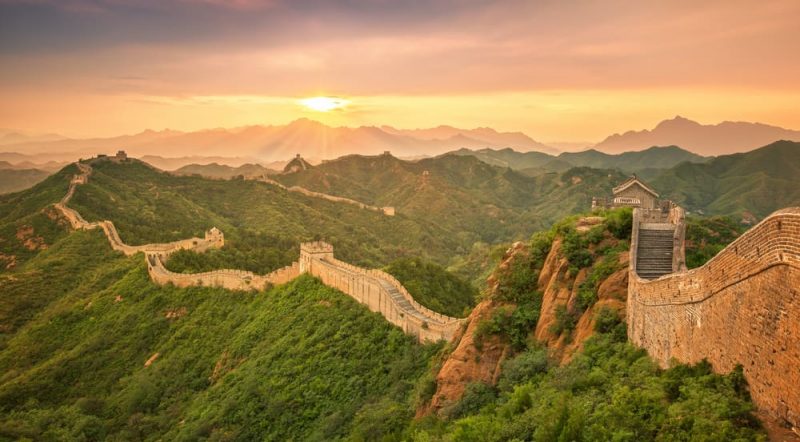
- World trade center. Although they were toppled in 2001 by the well-known Al-Qaeda terrorist attacks in New York, these two gigantic towers offered a glimpse of the artificial landscape of the city, one of the most vibrant and massive in the world. They served as a viewpoint and point of tourist interest, and were the tallest towers in the world from 1971 to 1973. If they were already an important symbol of the United States, after the tragedy of their fall they became even more so.
- The city of venice. Located in northwestern Italy, Venice is one of the most important tourist destinations in Europe, consecrated in culture for being an atypical place. Its historic center, a UNESCO World Heritage Site, is located in the north of the Adriatic Sea, in the Venetian Lagoon, since the entire city is an archipelago of 118 small islands linked by 455 bridges, so there is no traffic automotive as it is not maritime between its streets.
- Christ Corcovado. Also known as Christ the Redeemer, it is a statue of 30 meters high and 8 pedestal, located in Rio de Janeiro, Brazil. It is located in the Tijuca National Park, at 710 meters above sea level and is a symbol of the city of tourist importance, being the largest Art Deco statue in the world and one of the New Seven Wonders of the World.
- Alhambra in Granada. This Andalusian city consists of a set of palaces, gardens and a fortress or fortress, within which there is a citadel where the monarch of the Nasrid Kingdom of Granada was housed. Adapted to the surrounding landscape, it adds, like many other works of Moorish architecture in Spain, a highly particular element to tours of the famous city.
